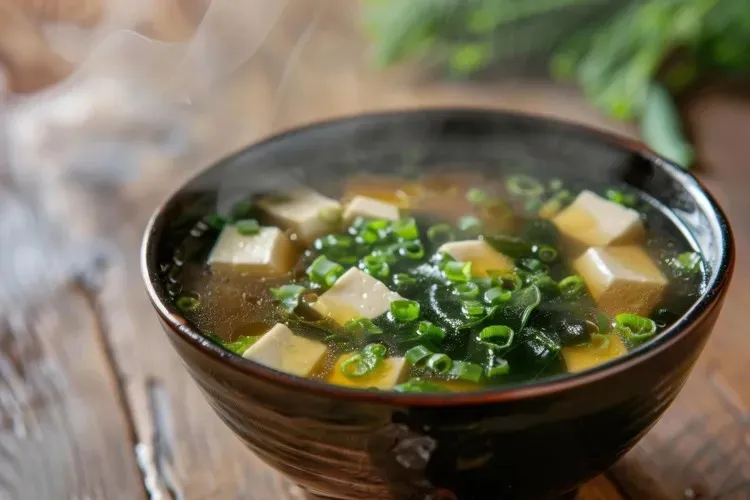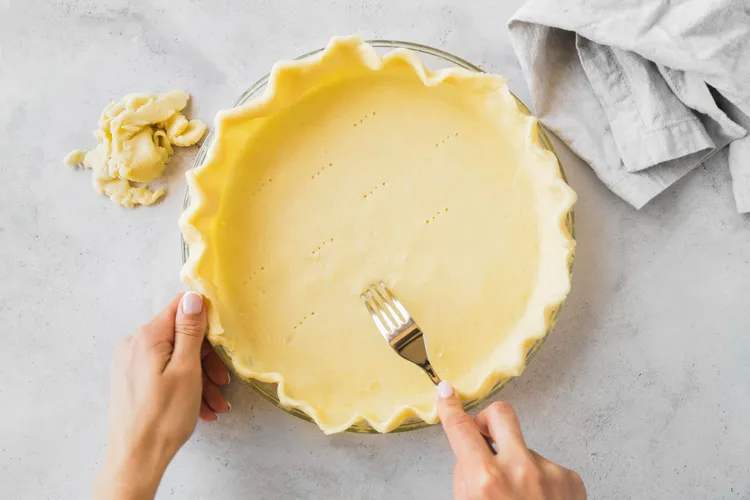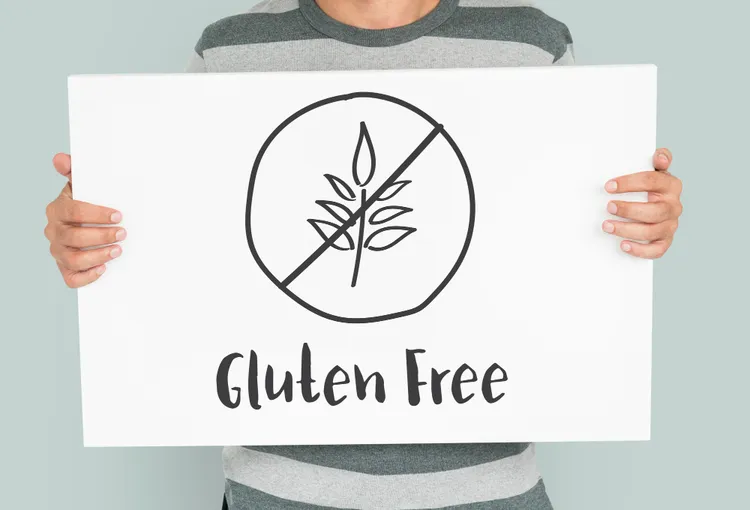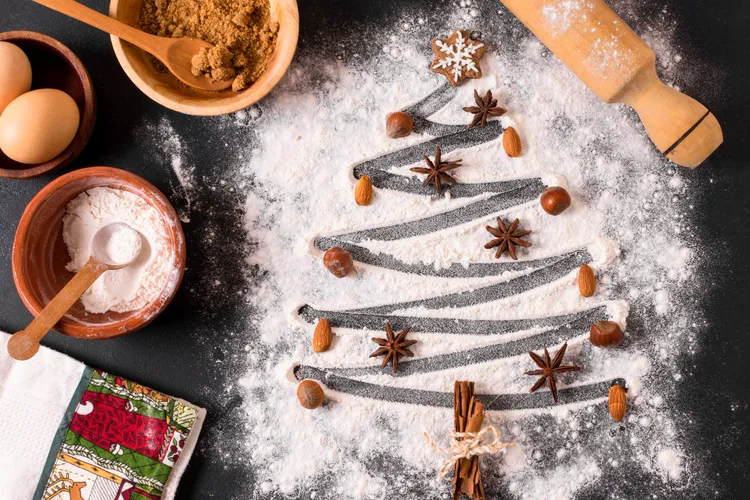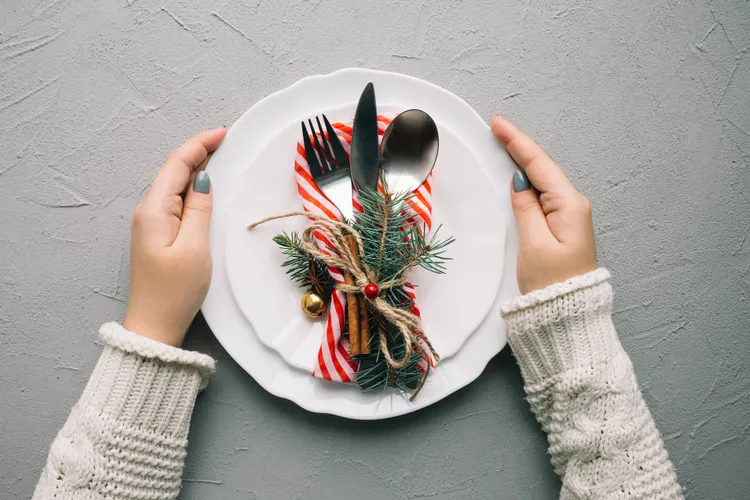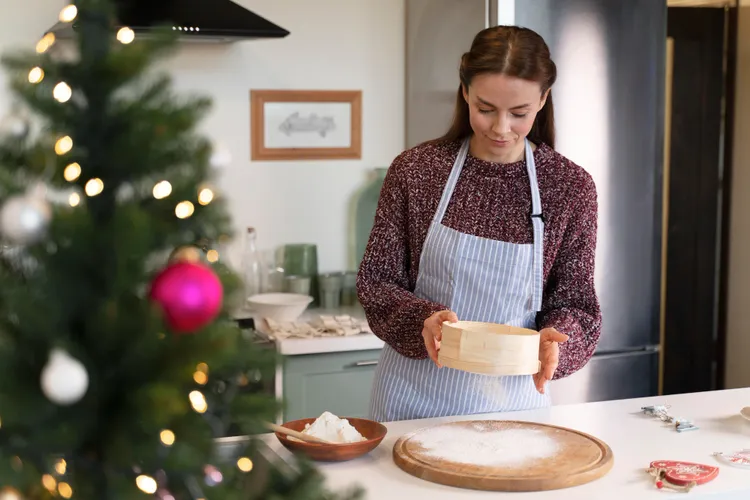Declutter Your Kitchen: 10 Items You Should Throw Away Immediately
Your kitchen is the heart of your home - but chances are, it’s also housing a ton of clutter, expired products, and stuff that’s doing more harm than good. From stale spices to cracked cutting boards, holding onto unnecessary or unsafe items can waste space, risk your health, and make cooking feel chaotic. If your drawers are bursting and your pantry feels like a graveyard of good intentions, it’s time to declutter and reclaim your kitchen. Here are 10 things in your kitchen you should throw away today - no guilt, just fresh starts.

1. Expired Spices and Seasonings
Why it’s time to toss:
Old spices lose flavor, color, and aroma over time. Even if they’re not “dangerous,” they won’t deliver the punch you expect in your dishes.
How to tell:
The scent is faint or gone.
The color is faded.
It's been more than 2-3 years.
What to do:
Start fresh! Replace your most-used spices first (like black pepper, garlic powder, or cinnamon) and store them in airtight containers away from heat and light.
2. Worn-Out Nonstick Pans
Why it’s time to toss:
Nonstick pans with scratches, peeling coating, or warped bottoms can release toxic fumes or leach chemicals into food.
Signs it's time to let go:
Teflon or coating is flaking
Cooking surface is scratched or dull
Uneven heating or warping
What to do:
Replace with a quality stainless steel, ceramic, or cast iron pan. Your food (and health) will thank you.
3. Old or Unused Condiments
Why it’s time to toss:
Check your fridge door - do you really need five half-used salad dressings from 2022? Condiments go bad or lose quality over time, even if they don’t always smell spoiled.
Common offenders:
Expired ketchup, mustard, mayo
Crusty hot sauces
Opened jam jars growing “fuzz”
Tip:
Wipe down sticky bottles and label the open date when you buy something new.
4. Melted, Burnt, or Cracked Plastic Utensils
Why it’s time to toss:
Plastic utensils that are melted, warped, or cracked can leach chemicals into food and break easily, causing accidents.
Replace with:
Silicone, stainless steel, or bamboo alternatives
A few high-quality tools instead of dozens of cheap ones
5. Sponges and Dish Brushes That Smell
Why it’s time to toss:
Sponges and dish brushes harbor bacteria, mold, and mildew - especially if they smell bad, change color, or feel slimy.
Signs it’s overdue:
Sour odor
Frayed bristles or loose fibers
It’s more than 2 weeks old (for sponges)
Tip:
Replace sponges every 1-2 weeks.
Disinfect dish brushes weekly or switch to silicone scrubbers that last longer.
6. Chipped Plates, Cracked Mugs & Damaged Glassware
Why it’s time to toss:
Cracks and chips not only look bad but harbor bacteria and can even cause injuries when handled or washed.
What to do:
Recycle if possible
Repurpose a chipped mug as a planter or pencil holder - or just let it go!
7. Forgotten Pantry Items
Why it’s time to toss:
Pantries often become black holes for half-used bags, expired cans, or foods you swore you’d try but never did.
What to toss:
Expired canned goods
Opened grains or flours past their best-by date
Stale cereal, nuts, or chips
Tip:
Do a pantry cleanout every 3-4 months. Donate unopened, unexpired items you know you won’t use.
8. Ice Packs, Containers, and Lids Without Matches
Why it’s time to toss:
Your Tupperware drawer shouldn’t be a scavenger hunt. Mismatched containers and lids waste space and sanity.
What to do:
Match everything you have.
Recycle (or repurpose) lidless containers.
Replace with a streamlined set that nests neatly.
9. Excess Takeout Cutlery, Napkins, and Sauce Packets
Why it’s time to toss:
Do you really need 50 soy sauce packets and a drawer full of flimsy forks? These items multiply fast and clutter drawers and bins.
What to do:
Keep a small stash in a jar or zip bag.
Recycle extras (if possible) or toss them responsibly.
Next time: check the “no utensils needed” box on your delivery app!
10. Freezer Burned Food
Why it’s time to toss:
That mystery meat or frosty brick of something from last year? It’s probably freezer-burned, flavorless, and unsafe.
Signs of freezer burn:
Gray or white spots
Ice crystals inside packaging
Dry, shriveled texture
What to do:
Label everything before freezing with the date and name. Stick to a FIFO (first in, first out) system.
Rapid-Fire Bonus Items You Might Want to Ditch:
Cracked cutting boards (especially wood or plastic)
Reusable water bottles that smell bad or are moldy
Rusty can openers
Stained oven mitts
Old baking sheets with baked-on grime
Ancient cookbooks you never use
A Cleaner Kitchen Starts With Letting Go
Decluttering your kitchen doesn’t have to be overwhelming. Start with this list and tackle one drawer, cabinet, or shelf at a time. You’ll be amazed how clearing out the old makes space for joy, creativity, and healthier cooking habits.
Pro Tips for a Clutter-Free Kitchen Going Forward:
Set a quarterly purge reminder in your phone.
Use clear bins or labels to track food freshness.
Keep a donation box or trash bag handy during deep cleans.
Follow the one-in, one-out rule for gadgets and tools.

